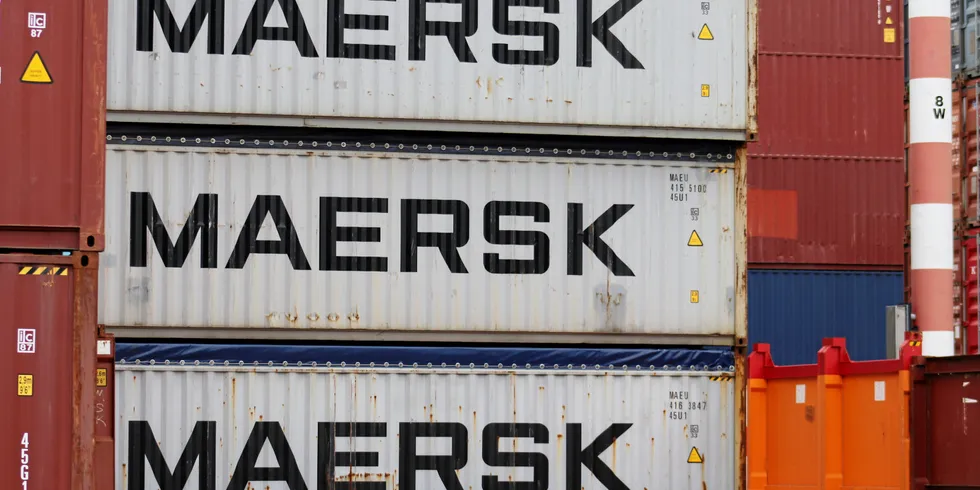After raking in hundreds of billions in profit during COVID, shipping companies now face market 'in a tailspin'
Evidence mounts showing that the sky-high container shipping rates era is coming to an end.

Evidence mounts showing that the sky-high container shipping rates era is coming to an end.
